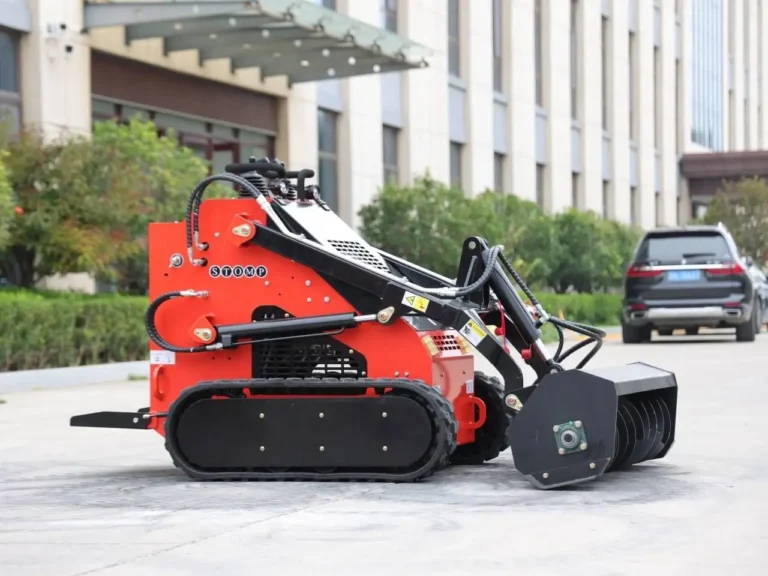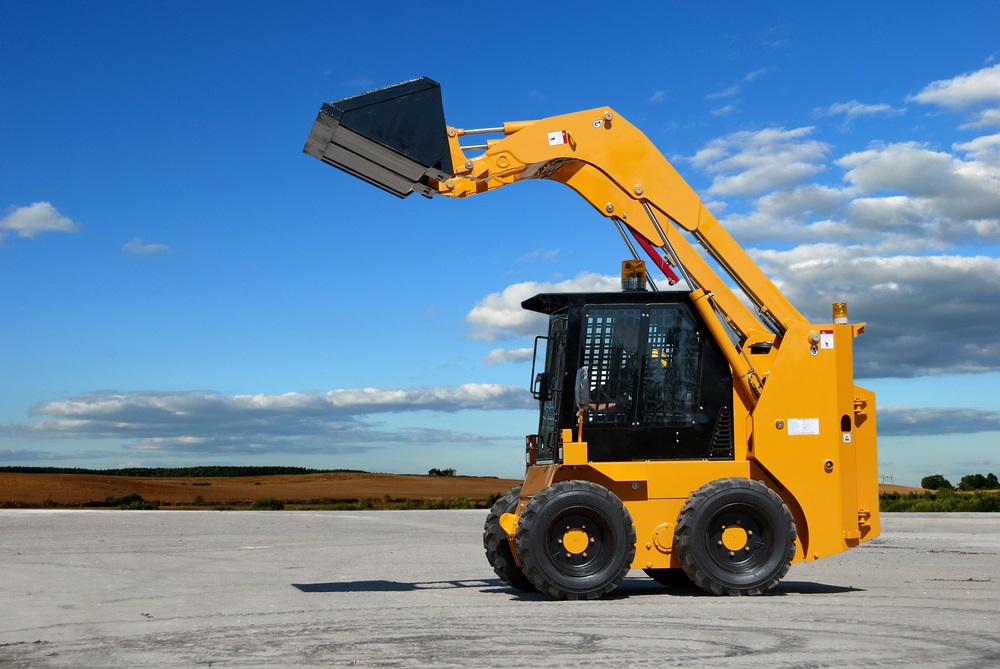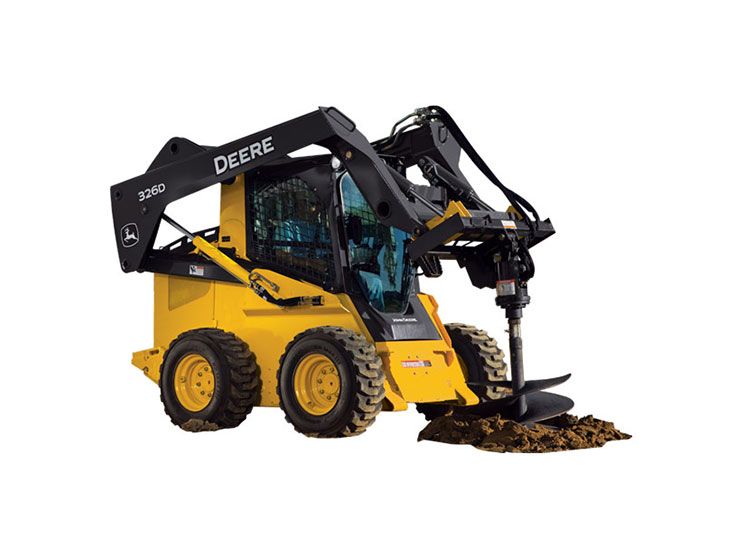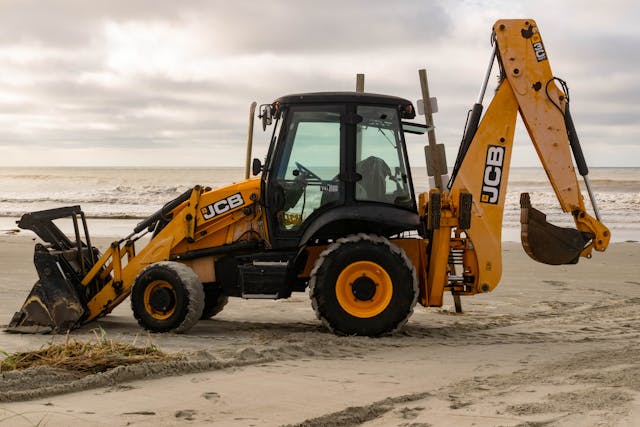Trench Filling Process
It could be that, on the surface, filling a trench looks like a simple job, where one is only expected to replace the material and cover the area. However, in trench filling, each step is a separate function that demands meticulous planning and carrying out. Improper performance of the work might cause the sinking of the ground, the breaking of the trench walls or even the malfunction of the utilities inside. Experienced workers approach this task in the following ways.
Preparing the Trench
Before the filler is placed, the trench must be thoroughly prepared:
- Inspection: Check for loose soil, debris, and water accumulation. The water, if there is more than the necessary amount, should be removed by pumping.
- Utility Placement: Make sure that pipes, cables, and drainage systems are securely laid and have undergone the leak test.
- Bedding Layer: Generally, a soft base material like sand is used under the utilities to absorb the shock and protect the metal parts.
Not preparing the site is among the biggest errors that people commit. Just think of a trench being filled with gravel without the removal of debris, it will be left with voids that will be the cause of the ground sink in the future.
Layering and Compaction Techniques
Trench fillers aren’t usually dumped all at once. As a rule, they are layered (called lifts), with each layer being compacted before the next one is added. Such a procedure keeps from later settlement and provides stability.
- Mechanical compactors or tamping tools are used for sand and soil.
- Vibratory rollers or plate compactors are used for the compaction of gravel.
- Compaction is not required for flowable fill as it settles automatically.
The thickness of each layer is generally between 6 and 12 inches, which can vary depending on the material. The key to the trench fill is that the compaction should be done consistently.
Common Mistakes to Avoid
- Using a filler material that is not suitable for the soil type.
- Not taking drainage into account, which causes trenches to be waterlogged.
- Low performance due to lack of proper compaction resulting in ground settlement.
- Directly placing sharp stones on pipes or cables without the use of bedding.
One of the most important features of a properly filled trench is that it is not only strong but also safe. Doing a sloppy job at this point can still give you a time benefit later on, but you will end up with expensive repair works.
Benefits of Using the Right Trench Filler
Filling a trench with the right material is more than just a short-lived benefit. The role of the appropriate filler goes directly to the stability, safety, and even to the maintenance of the matter, whether the issue is in construction, landscaping, or infrastructure.
Enhanced Durability and Longevity
Above trenches, there is often the possibility of heavy loads, in such cases, roadworks or driveways are typical examples. By using fillers, e.g., crushed stone or flowable fill, the surface will not fail for years without fissure or caving. But on the contrary, poor fillers lead to an uneven ground and early surface failures.
Improved Drainage and Soil Stability
Water control is a very important issue in the development of a trench. Gravel and sand fillers make it possible for water to flow through them, so the area doesn’t erode, and the soil stays stabilized. This is especially true for landscapes’ trenches such as French drains, where the filler material has a direct impact on water flow.
Reduced Maintenance Costs
Trench filling should be seen as a long-term deal. The one that was filled properly would not require constant repairs or resurfacing. The roads would keep their smooth condition, gardens would not suffer from water clogging, and also the underground utilities would be safe. In this way, you save a lot of money in the future with the help of only a little spending on the right filler in the present.
Better Protection of Utilities
The pipes and cables that are inside the trenches are exposed to shifting soil as well as heavy loads. If sand bedding that provides a cushioning effect is used then they will be safe while the strong fillers on top can offer the external support. The double-layer system not only prolongs the lifespan of the filler but also the utility system.
In brief, trench fillers are no longer merely “backfill materials”. They are the components that provide safety, support, and extend the life of the surrounding area.
Cost of Trench Fillers
Trench filling cost fluctuation is extremely broad and the main reasons include the choice of material, the size of the work, and the location. Knowing these expense factors is key to project planning more efficiently.
Price Range of Different Types
- Sand: $15–$40 per cubic yard
- Gravel/Crushed Stone: $25–$55 per cubic yard
- Flowable Fill (CLSM): $75–$150 per cubic yard
- Recycled Materials: $10–$30 per cubic yard (depending on availability and processing)
Factors Affecting Cost
- Material Type: Generally, strong materials such as crushed stone and CLSM tend to be more expensive but are more durable.
- Transport Distance: The cost of delivery will go up the longer it takes to get the product to the site.
- Labor and Equipment: Doing it yourself will be less expensive; however, the use of a professional service will guarantee the standard of compaction and compliance will be met.
- Project Scale: The per-unit cost of larger projects is often lower because of the buying of materials in bulk.
Cost-Effective Alternatives
- Recycling aggregates can be a way to save 30% of the cost compared to new gravel.
- Trenches that are not load-bearing (such as small garden drains) sand and soil mixes would probably be enough.
- Flowable fill might look costly at the beginning but labor and long-term maintenance will be cheaper with it.
One of the smartest decisions would be to look at the initial cost as well as the lifetime performance of trench fillers. Using more resources for the first time may mean fewer repairs and replacements later on.
Trench Fillers in Different Industries
Trench fillers got no boundaries as for their usage, they can be used by different industries for the purposes that can be as diverse as huge infrastructure initiatives or small-scaled landscaping works.
Construction and Roadworks
Trenches in construction are the source of installations for foundations, the supply of utilities, and drainage systems. Here, fillers such as gravel, crushed stone, and flowable fill are used to add up to the strength and stability of the application. Roads, in particular, use a lot of strong fillers to avoid the occurrence of potholes and other surface failures.
Landscaping and Gardening
Presently, trench fillers in landscaping concentrate mainly on water management and soil health. Sand and gravel are the components of a French drain, whereas organic soil mixtures are the most common choice of garden trench for plant support. The aim is to be effective as well as sustainable.
Utility and Infrastructure Projects
Water lines, gas pipes, and electrical conduits are good examples where fillers made for that purpose should be used to guarantee safety and avoid breakage or leakage. Sand is usually the first layer that is laid for protection and then gravel or CLSM is added. With utility projects being on such a massive scale, the reliability of the whole system depends on the filler that is used.
So, trench fillers have totally different functions depending on which industry is considered. Knowing these uses is very helpful to ensure that the right type of material is selected for each unique project.
Environmental Impact of Trench Fillers
More and more, environmental sustainability is becoming a must in modern constructions and landscaping works rather than an option. The extent of a project’s environmental footprint is a major reason why trench fillers, a category widely taken for granted, are under the spotlight. Using eco-friendly materials is not only a way to cut down on waste but it also ensures the wellbeing of the soil and groundwater in the long run.
Eco-Friendly Options
- Recycled Aggregates: Crushed concrete, reclaimed asphalt, and recycled gravel are some of the materials that can be used to produce new construction materials showing zero wastes to landfills.
- Natural Sand and Gravel: These materials, if sourced in a responsible way, could be used for the construction of buildings and will minimize the risk of chemical contamination of construction materials.
- Flowable Fill with Supplementary Materials: Some CLSM mixes are now incorporating the use of industrial byproducts like fly ash setting the trend for by-products that reduce the need for new cement.
Regulations and Compliance
Several areas are implementing severe laws about the materials allowable in trench backfill. For instance:
- No soil available under these regulations can be allowed to expand or shrink drastically.
- Some cities may even require that recycled materials be used in public projects together with encouraging such usage.
- Drainage trench fillers must follow the code set for water management in the particular area.
Balancing Performance with Sustainability
When it comes to eco-friendly fillers, they have to be not only good for the environment but also of great quality. What is the use of a recycled aggregate that is falling apart too fast or a sand source that is producing erosion? None of them are sustainable in the long run. The perfect remedy is to combine the certified sustainable sourcing with the high-performance standards, which will give you both environmental and structural benefits.
Builders, by selecting trench fillers that are eco-friendly and have taken into account the environmental concerns, not only are they in compliance with the law but they are also part of the green construction practice.
Best Practices for Trench Filling
While top trench fillers are designed to last, they can still malfunction if they are not installed properly. This is the main reason why taking step actions in accordance with the recommended procedures is a must, irrespective of the nature or size of the project, be it a garden trench or a construction one.
Safety Considerations
- Before digging or filling, check for underground utilities at all times.
- Wear proper protective gear when dealing with heavy fillers such as stone or CLSM.
- If workers are to be in trenches which might collapse, ensure that the trenches are properly reinforced.
Tools and Equipment Needed
- Hand Tools: Shovels, rakes, and tampers for working with small trenches.
- Compaction Equipment: The use of vibratory plate compactors, rollers, or rammers is suitable for large projects.
- Mixing and Pouring Tools: Mixers and pumping systems are the main tools for CLSM.
Long-Term Maintenance
Filling a trench is not the end of the story. It is always a must to keep up with regular checkups especially if it is in a road or an area with heavy traffic. The main things to watch are
- The ground is sinking or settling.
- The water is accumulating around the trench line.
- The cracks are developing in the paved areas above.
By strictly following the industry’s best practices, you are not only safeguarding your investment but also ensuring the safety and the stability of whatever that is constructed above the trench.
DIY vs Professional Trench Filling
In the process of trench filling, one major question always comes up: Is it better to handle it on your own or get assistance from a professional? The resulting verdict will be heavily contingent upon aspects such as scale, decency, and the general idea of the trench.
When to Do It Yourself
A DIY trench fill is suitable for:
- Small garden trenches.
- French drains or landscaping projects.
- Shallow utility trenches (like irrigation pipes).
If you have the confidence and the required tools for compaction, sand, and gravel backfills can be easily done without the aid of a professional.
Hiring Professionals for Large-Scale Projects
The likes of construction sites, roadworks, and utility infrastructure are the areas where the assistance of professionals is needed the most. They provide:
- Expertise: The knowledge of both the best filler material and the way of handling the load for specific soil conditions.
- Equipment: The use of heavy machinery in the process of compaction and CLSM application.
- Compliance: Taking care of all the regulations and codes that the work must meet.
Professional services might be more expensive at the start, but they will always be the ones to ensure the result is durable, especially when a project of safety and reliability is involved.
Future of Trench Filling Materials
Materials used to fill trenches are also keeping up with the ever-changing construction technology which aims at sustainability and efficiency.
Innovations in Fill Materials
- Self-Healing Materials: The study is in progress on trench fillers that can mend small cracks by themselves.
- Lightweight Fillers: Tailored aggregates that lower weight but keep strength.
- Advanced CLSM Mixes: Fresh mixtures with shortened curing time and lessened environmental effects.
Sustainable Trends in Construction
- Circular Economy Practices: A greater number of projects will utilize recycled aggregates and waste.
- Carbon-Neutral Fillers: Creation of low-carbon cement substitutes for flowable fill.
- Green Infrastructure Integration: Trench fillers that are compatible with nature, e.g., rainwater collection and soil regeneration.
The future is unmistakable rightrench fillers will not only mean backfilling but also will be more intelligent, eco-friendly and capable of handling the new challenges of construction.
Conclusion
Trench fillers maybe not the most attractive nature of the building or the garden, however, they are definitely one of the most crucial. A perfect material selection will not only ensure safety of the structure, but also will prevent the utilities, give good drainage, and lower your maintenance costs for a longer period of time. In fact, every filler from sand and gravel to advanced flowable fill and recycled materials has its own special features and can be used in different ways.
By adopting the right procedures and combining the performance with eco-friendliness, the contractors, landscapers, and even the DIY enthusiasts can be quite confident that their trenches will survive over the years. With the continuous innovations, fillers for trenches are expected to become even more resourceful and green in the future.
FAQs
1. What is the best filler for drainage trenches?
Gravel is generally the best choice because it allows water to flow freely while preventing soil from collapsing.
2. How much does trench filling typically cost?
Costs vary from $15 per cubic yard for sand to $150 per cubic yard for flowable fill, depending on the material and project size.
3. Can recycled materials be used as trench fillers?
Yes, recycled aggregates like crushed concrete and reclaimed asphalt are eco-friendly and cost-effective options.
4. What is flowable fill, and when should it be used?
Flowable fill is a self-compacting cementitious material ideal for utility trenches and roadworks where stability and quick installation are priorities.
5. Do trenches always need compaction after filling?
Yes, unless flowable fill is used. Proper compaction prevents future settlement and ensures surface stability.

